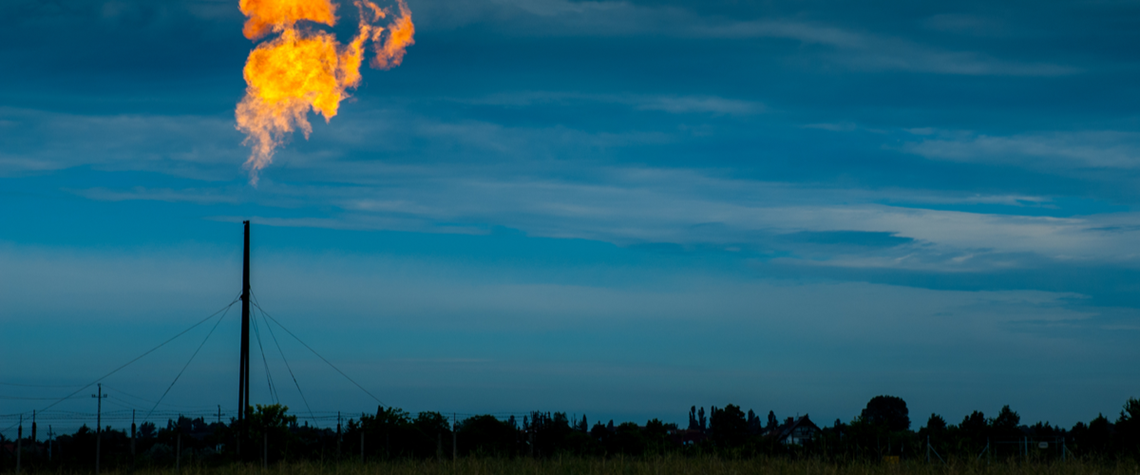Outlook 2022: A case for European blue hydrogen
Tackling fugitive methane emissions in the supply chain is vital if blue hydrogen is to be considered low carbon
In August 2021, the paper How green is blue hydrogen? hit the academic press. Co-authored by Professor Howarth of Cornell University, the paper makes the case that reforming natural gas alongside carbon capture and storage (CCS) to produce blue hydrogen can generate more than 20pc more greenhouse gas (GHG) emissions than the direct use of natural gas. This conclusion follows an analysis of two blue hydrogen plants, one in the US and one in Canada, and—importantly—is based on two key assumptions: fugitive methane emissions from natural gas production are set at 3.5pc following analysis of US leakage statistics, and power for the CCS process is supplied from gas-fired generation. In addition,

Also in this section
26 July 2024
European offtakers and strategic investors start to unlock North African country’s vast potential as a green hydrogen and ammonia supplier
25 July 2024
Investment in 100MW green hydrogen facility in Germany comes as oil major’s wider transition strategy comes under scrutiny
24 July 2024
World’s largest green fertiliser supply agreement puts Villeta project in Paraguay on track for FID later this year
23 July 2024
Awards experience 20% increase in nominations this year, with submissions from 27 countries







